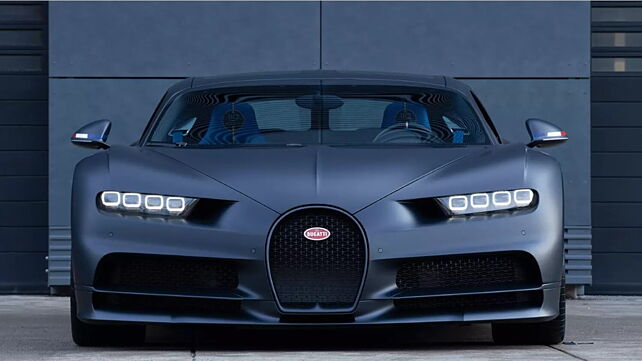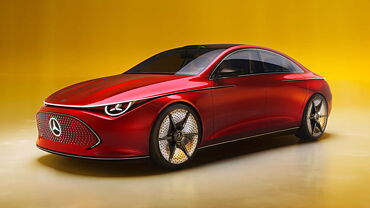
- 3D printing allows parts to be crafted with huge weight and strength benefits
- The car maker first tested 3D printing on brake callipers a few years ago
Sources claim that Bugatti is turning to 3D printing for building components for some of the models in its line-up.
The company went down this road earlier only to come up with a brake calliper that was not only a whopping 40 percent lighter, but also capable of enduring temperatures of more than 1000 degrees centigrade.

With the current intent of making more 3D printed components for its hyper-cars, the company will now ultilise this tech to produce exhaust heat-shields on cars like the Chiron Sport and others. These 3D printed titanium heat-shields, despite having the same dimensions, will be 1.18kg lighter than the regular one.
Also, since these components are in close proximity to the exhaust, the 3D printed exhaust shield can withstand temperatures of up to 648 degrees centigrade. The high tolerance is attributed to the exceptional thermal insulation that can only be brought about by the 3D printing process.

































